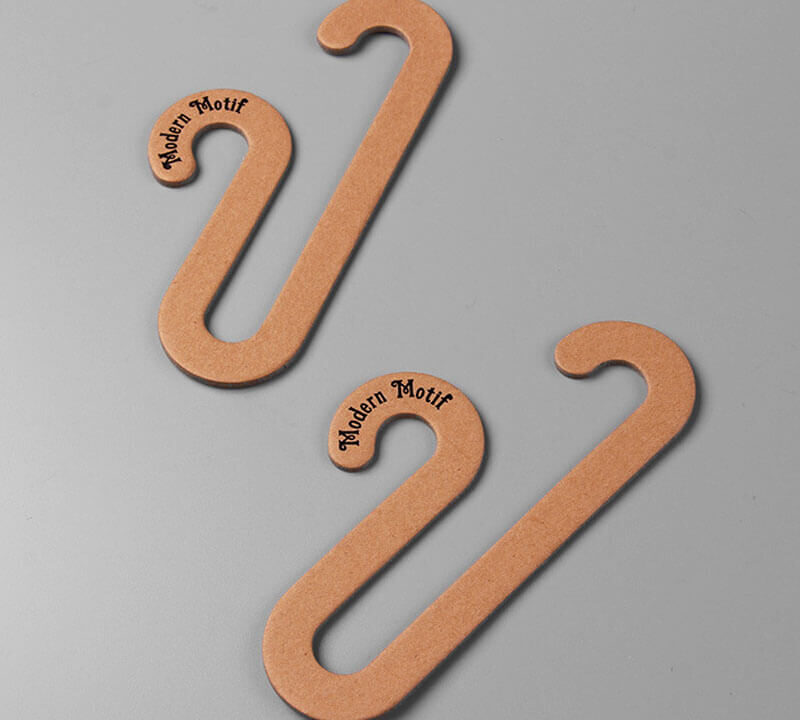What is an Inside Day in Trading?
How to Turn Off Pattern Day Trading in Robinhood
17/03/2022Why Day Trading is a Bad Idea?
21/03/2022
The term “inside day” is a technical trading term. This type of trade can be profitable if you can recognize a good pattern. The price of a stock has a symmetrical pattern, which means that it has two days of ups and downs. The price range on the first day of the inside day is higher than the previous day’s low. The next day’s low will be lower than the previous day’s high.
When trading with an inside day, you must be sure that you have a narrow trading range, with a lower high and a higher low. The bar range should be less than 50% of the previous one, and the volume should be high. Also, make sure that the stock is liquid, so that it will fill orders with minimal slippage. Once you have determined the inside day, you should set your entry points at one cent above or below the channel.
The success of an inside day depends on the strength of the trend. When the market is in a bullish trend, an inside day has a greater chance of success than an outside day. The candlesticks on an inside day must retrace at least half of the body of the previous day’s candlestick. This means that the bulls are gaining traction and the price is likely to follow the trend.
Traders can increase their odds of success by trading counter moves with inside days. An inside day should retrace at least 50% of the candlestick on the previous day. This indicates that bulls have gained momentum and will push the security higher. However, it is important not to use an outside day in choppy markets, as it will only add to the confusion. You can increase your odds by determining the volume spike from the previous day.
An inside day is a signal that indicates that the market is paused or has lower volatility than usual. It indicates that the market is not able to follow its primary trend, and the chances of success are higher when the market is in a strong trend. If you can find an inside day, you have a high chance of profiting in a trade. It’s also worth looking for an inside day that retraces only a small percentage of the previous candlestick.
An inside day is not the most reliable indicator of a stock’s direction. An inside day will usually give you limited information. The only way to know if it’s a good idea to trade on it is to know the current market situation. It will tell you whether or not the stock is paused. You can also use it to determine whether a trend is going to continue. A candlestick that is halted is a signal to buy.
While the ideal inside day is a perfect day in trading, the reality is more complicated. A perfect inside day is not possible, but the spirit of the inside day is what matters. The higher the high on the last day, the better the chances of success in a trade. The first two days of an inside day have no significant impact on the market. A good example of an inside day is United Technology (UTX) reversing on an inside day. Another great example of an inner day is Genworth Financial (GNW).
An inside day is a short-term trading pattern that consists of a pause in the direction of a market. It is important to note that the best time to trade an inside day is when it is within the dominant market trend. This means that the market will continue its trend after the inside day. The downside of using an inner day in a trading strategy is that it’s best to use a longer-term trend.
An inside day will be most successful if it is surrounded by a strong trend. When the trend is strong, inside days will have a higher chance of succeeding. A good indication of an inside day is when a short-term candlestick retraces more than 50% of the previous day’s candlestick. In a strong trend, the odds of an inside day are very high. A smaller inside-day is more advantageous if it does not retrace more than half of the previous one.

